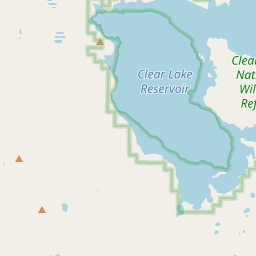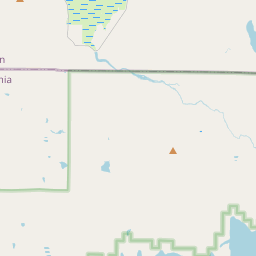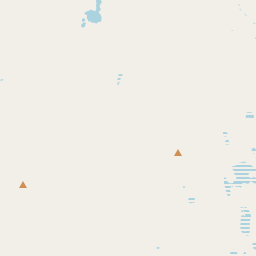Visit Us
Clear Lake National Wildlife Refuge is closed to public access to protect fragile habitats and to reduce disturbance to wildlife.
We encourage you to start your visit at the Klamath Basin National Wildlife Refuge Visitor Center. There are a variety of exhibits, displays, brochures and wildlife-oriented programs. Refuge staff and volunteers are available to answer questions and help plan activities. Inquire at the information desk for further details. The Refuge Visitor Center and headquarters, is located at 4064 Hill Road, Tulelake, CA 96134 and can be reached by calling (530) 667-2231
Location and Contact Information
- Clear Lake National Wildlife RefugeView DetailsC/O Klamath Basin National Wildlife Refuge Complex 4009 Hill Road Tulelake, CA 96134-9715
About Us
Established in 1911, this 46,460 acre refuge consists of approximately 20,000 acres of open water surrounded by upland habitat of bunchgrass, low sagebrush sagebrush
The western United States’ sagebrush country encompasses over 175 million acres of public and private lands. The sagebrush landscape provides many benefits to our rural economies and communities, and it serves as crucial habitat for a diversity of wildlife, including the iconic greater sage-grouse and over 350 other species.
Learn more about sagebrush , and juniper. Small, rocky islands in the lake provide nesting sites for the American white pelican, double-crested cormorant, and other colonial nesting birds. The upland areas serve as habitat for pronghorn antelope, mule deer, and sage grouse.
Projects and Research
Sage Grouse Population and Habitat Recovery
Clear Lake NWR has one of the last known greater sage grouse leks in NE California, down from over fifty active leks in the mid 20th century. Since then, sage grouse numbers have declined precipitously. Leks are relatively open areas in the sage steppe traditionally used each spring by male sage grouse to strut and display to attract female grouse. Spring counts of males on the lek has been the traditional way to assess sage grouse populations. Spring of 1992 had over 60 males counted at Clear Lake. Spring 2004 counted only five males there. The next year a working group of government agencies, private landowners and ranchers was formed to determine the cause and try to rebuild populations. Read More



















